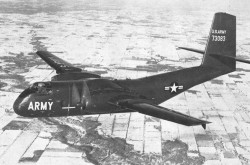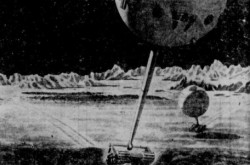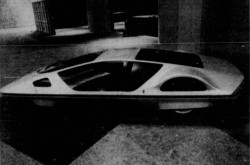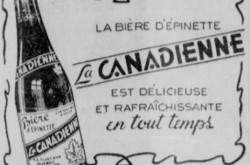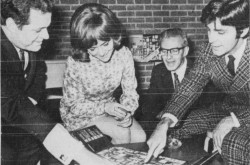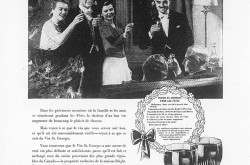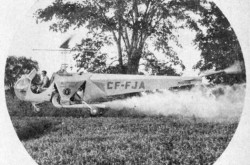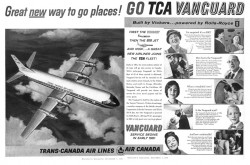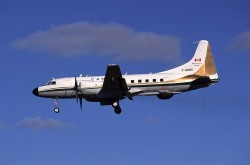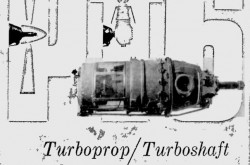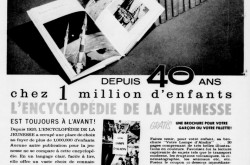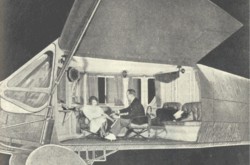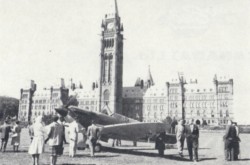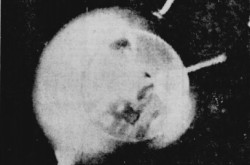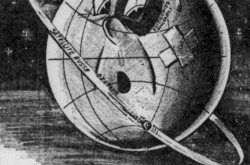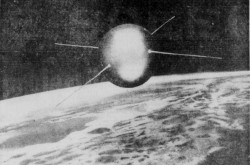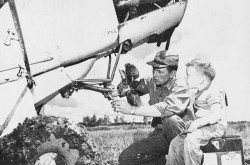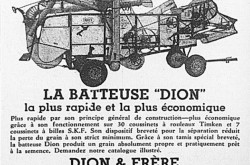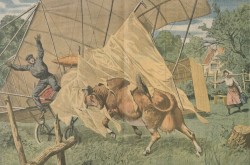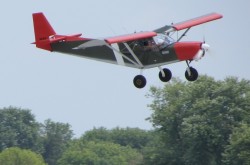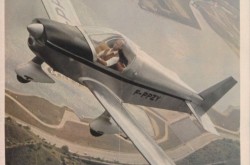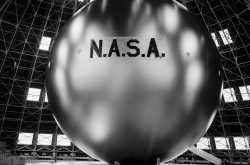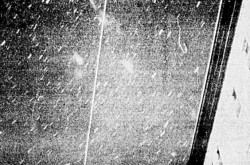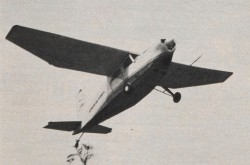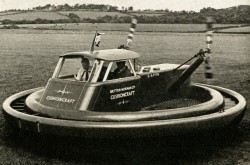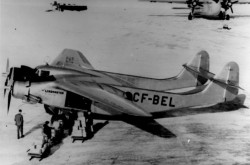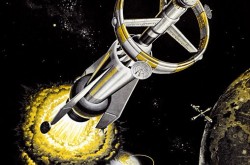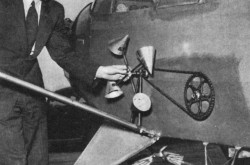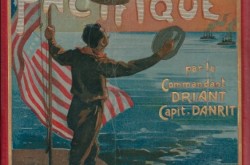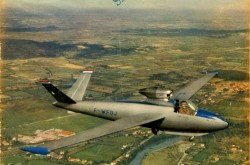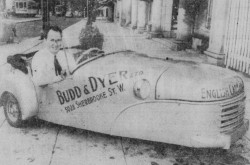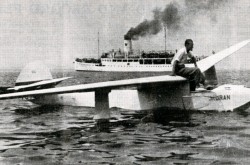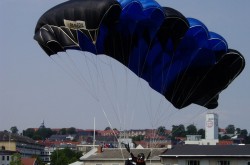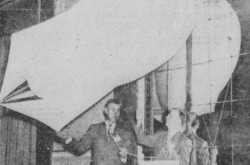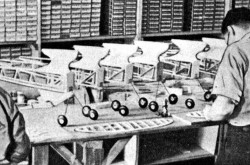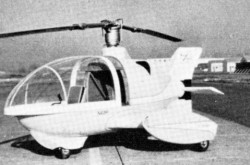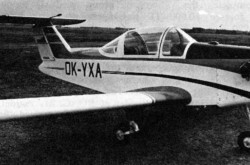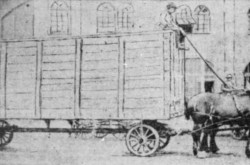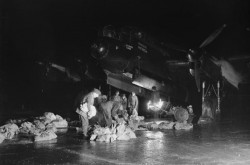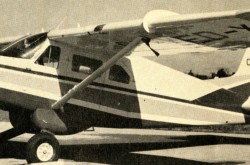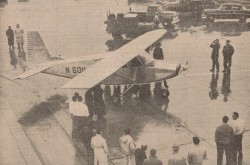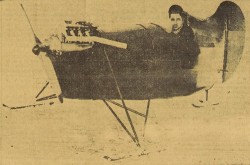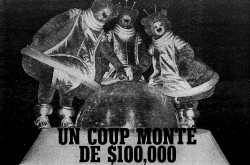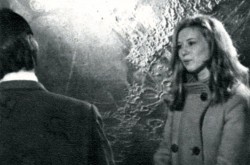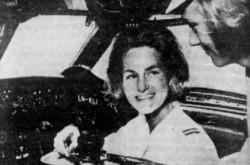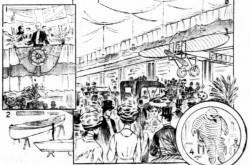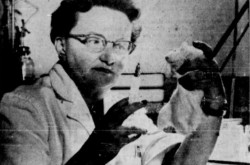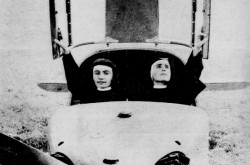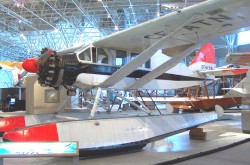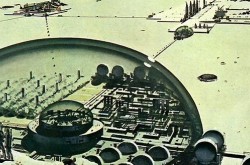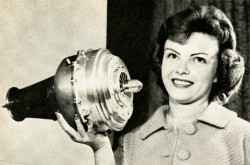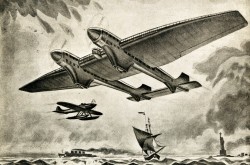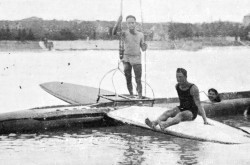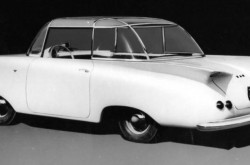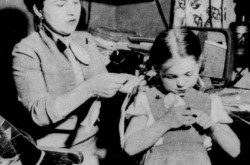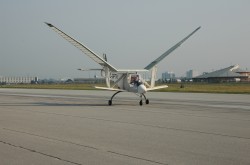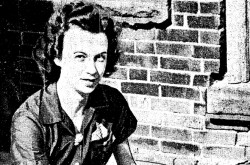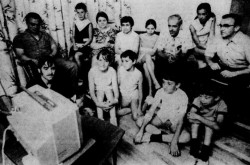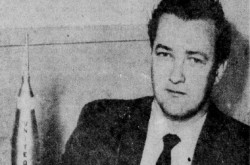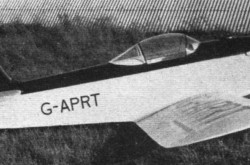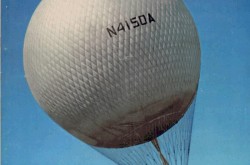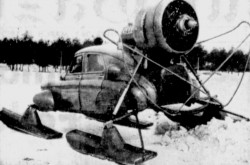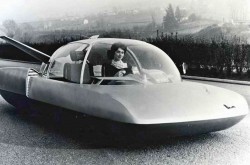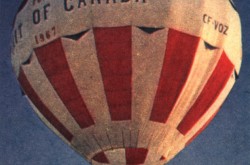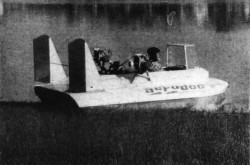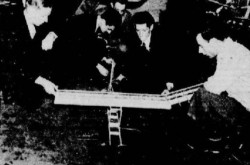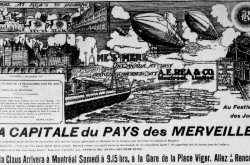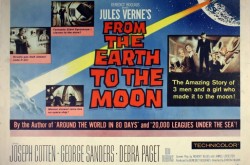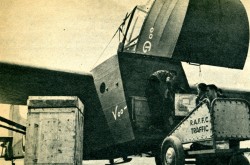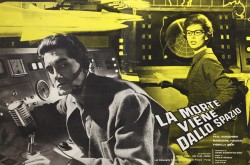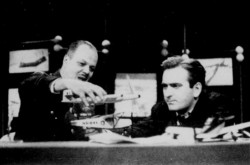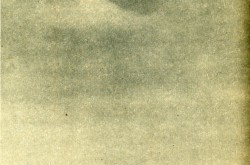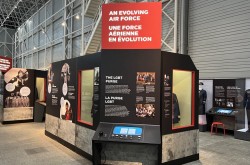So far away from home: The Bellanca CH-300 Pacemaker of the Canada Aviation and Space Museum, Part 1

You will have undoubtedly have noted, my, oh so observant reading friend, the presence of a few automobiles, microcars to be more precise, in recent issues of out blog / bulletin / thingee. It’s not that yours truly loves / likes automobiles. I was simply intrigued by the existence of these vehicles.
This week, I would like to assume my wingnuttyness, for a change. Let us therefore look into the story of an airplane, and that of its designer, through a photograph found in the February 1945 issue of a long gone American monthly magazine, Air Trails Pictorial, whose name changed more than once over the years, from Bill Barnes, Air Adventurer to Air Trails – Hobbies for Young Men, but back to our story.
Giuseppe Mario “Joe / G.M.” Bellanca was born in March 1886, in Sicily. As a child, he often flew kites. As a young man, he wanted to join academia. In 1908, Bellanca obtained a teaching certificate in mathematics and a degree in engineering and mathematics, at the Istituto Tecnico Superiore of Milan, Italy, and the Politecnico di Milano, also in Milan. Some of his early work had to do with marine propellers. His discovery of aviation put an end to the career plans of this wiry, short, opinionated, kind and humorous young man. Bellanca wrote (signed?) articles for Italian and French aviation magazines as early as 1907, for example.
In 1908, he joined forces with 2 young Italians, Paolo Invernizzi and fellow engineer Enea Bossi. The latter’s father financed the development of the flying machine they designed, built and tested, in 1909. This biplane was one of the first truly Italian airplane designs. Bellanca may have seriously damaged it during trials; like almost all aviation enthusiasts of the day, he did not know how to fly, or how to build a successful airplane for that matter. In 1910, Bellanca completed an airplane of his own design. Whether or not this biplane flew is unclear. Bellanca may have been too poor to buy an engine.
If I may be permitted to digress for 1 second or 65, Bossi immigrated to the United States in 1914. While working for Edward G. Budd Manufacturing Company, he supervised the design of the first aircraft, and one of the precious few, made primarily of stainless steel. Completed in 1931 by American Aeronautical Corporation, a firm headed by Bossi, the BB1 Pioneer 4-seat amphibian was inspired by the S-31 amphibian designed by Società Idrovolanti Alta Italia. Indeed, American Aeronautical had been founded in October 1928 to produce the Italian company’s flying boats and amphibians for the North and South American markets. Sadly, stainless steel did not prove to be a practical material for aircraft construction and only 1 Pioneer was built. It was put on display in front of the Franklin Institute of Philadelphia, Pennsylvania, in 1934, minus the fabric covering of its wings and tailplane. As of 2020, the Pioneer was still there.
In 1936-37, Bossi designed and supervised the construction of one of the most successful human-powered airplane of its day. Constructed in Italy in answer to a prize offered by the government run by the Partito Nazionale Fascista, an unsavoury organisation led by Benito Amilcare Andrea Mussolini, a pompous brute and buffoonish dictator mentioned in several issues of our blog / bulletin / thingee since August 2018, the pedal powered Pedaliante made up to 80 flights, including the first sustained human-powered flight. Whether or not it got into the air solely powered by its madly pedaling pilot is unclear, but back to our story.
Should I mention that the mind blowing collection of the Canada Aviation and Space Museum in Ottawa, Ontario, includes a human powered ornithopter / flapping wing airplane? Designed by students at the University of Toronto Institute for Aerospace Studies (UTIAS), Snowbird created quite the buzz all over the world, in August 2010, when its pilot, Todd Reichert, made the first controlled and sustained flight made by a human-powered ornithopter. This event was recognised by the Fédération Aéronautique Internationale, an organisation mentioned in several / many issues of our blog / bulletin / thingee since January 2018. UTIAS, on the other hand, was mentioned in January 2018, February 2019 and August 2019 issues of that same ginormously well known publication. That August 2019 issue of our you know what contained information on Snowbird, but then, you already knew that, didn’t you, my reading friend? But back to our story.
In the months that followed his family’s emigration to the United States, in 1911, Bellanca designed a single seat monoplane. He built it with the help of his parents and siblings, in the cellar of the family home and / or in the back of a grocery store owned by one of the brothers. Bellanca soon taught himself how to fly. In November 1912, the budding aviator founded Bellanca Aeroplane Company and Flying School. One of his students was Fiorello Henry La Guardia. The future First World War pilot and mayor of New York City, New York, taught Bellanca how to drive his Ford Model T automobile.
Bellanca joined the aviation department of Maryland Pressed Steel Company in 1916. He designed a three-engined 12 or so passenger airplane that aroused the interest of the British government. The latter may, I repeat may, have hoped to use this machine as a bombing airplane. Lack of funding prevented the company from moving ahead. Bellanca also designed a couple of low powered 1 or 2-seat two-seat biplanes. The Model CD was flight tested in the late winter of 1917-18 or in early spring. Maryland Pressed Steel built a handful of these. The more powerful Model CE was tested around March 1919. Only one was completed.
By then, the sales manager of Maryland Pressed Steel’s aircraft department was putting put forward the idea of using either of these airplanes in the flying taxi services he wanted to set up in the large parks of New York City and other major cities in the eastern United States. The director of this Air Pilots’ Bureau was a colorful character by the name of Harry E. Tudor who had managed a well-known wild animal show, the Bostock Jungle, before the First World War. Sadly, the flying taxi project did not see the light of day
Tudor’s more or less contemporary efforts to sell Bellanca’s biplanes as “The aeroplane for the average man” proved equally pointless. There were just too many cheap war surplus airplanes on the market. Unable as it was to obtain civilian or military orders, Maryland Pressed Steel went under in 1920. The one and only Model CE may have been sold to a former mechanic and barnstorming pilot. Clarence Duncan Chamberlin may also have bought several incomplete Model CEs.
Bellanca joined North Platte Aircraft Company not too long after leaving Maryland Pressed Steel. This poorly known firm went under before it had the time to construct Bellanca’s most recent design. Another firm, Omaha Aircraft Company, offered Bellanca some cash but soon went belly up as well. The early postwar period, flooded as it was with cheap war surplus airplanes, was not kind to newbies trying to establish themselves. One of the largest Midwest distributors of Harley Davidson Motor Company motorcycles and bicycles, Victor H. Roos, picked up the torch, with the help of a mechanical engineer at the Union Pacific Railway Company.
And yes, Harley Davidson Motor was mentioned in August and November 2018 issues of our blog / bulletin / thingee.
Bellanca was thus able complete a single example of the Model CF Air Sedan, a highly efficient and innovative high wing cabin monoplane and the ancestor of Bellanca’s later designs. Fitted with an engine bought from a junkyard, the 5-seat Air Sedan was the first airplane fitted with the wide wing-shaped struts known as lifting struts or flying struts that became Bellanca’s trademark. Roos-Bellanca Aircraft Company was set up in 1922 to market the Air Sedan and future Bellanca designs.
The Air Sedan won 13 or so efficiency, endurance and speed prizes in various events, in 1922-23. In a bid for publicity, Bellanca and his associates even held 2 distinct weddings aboard the airplane. Sadly enough, the Air Sedan found no takers. As was said (typed?) above, there were just too many cheap war surplus airplanes for sale at the time. Roos-Bellanca Aircraft closed down around 1923.
Yellow Air Cab Company, a short-lived subsidiary of the well-known Yellow Cab Company formed in May 1929, bought the Air Sedan in the hope of setting up an aerial taxi service. It modified the airplane but went out of business before any service could begin. Incidentally, the Air Sedan, now fully restored, is on display at the Steven F. Udvar-Hazy Center of the National Air and Space Museum (NASM), in Chantilly, Virginia. You will of course remember that NASM, a world famous museum, was mentioned in several / many issues of our you know what since November 2017.
In 1924, American aeronautical giant Wright Aeronautical Corporation hired Bellanca to design an airplane that would highlight the capabilities of a new radial air-cooled engine it had developed, the Whirlwind, one of the most significant aeroengine of the 20th century. Based on the Air Sedan, the very efficient if short-lived Wright Bellanca WB-1 and its successor, the more powerful WB-2, completed in 1925 and 1926, were the immediate predecessor of Bellanca’s later designs. The WB-1 made its debut at the New York Air Races of October 1925 and won an efficiency competition. Sadly, it was destroyed in a crash before Wright Aeronautical could use it to set a new endurance record.
The WB-2, on the other hand, was the airplane to beat in 1926-27. Oddly enough, Wright Aeronautical decided not to put this new design in production. Indeed, it pretty much pulled out of airplane manufacturing altogether. The firm may have thought that the sizeable military orders for its Whirlwind engine would keep it afloat. On the other hand, it may not have wanted to antagonise established airplane makers looking for engines.
In early 1927, Bellanca and a millionaire businessman / wheeler dealer / sportsman named Charles Albert Levine formed Columbia Air Liners Incorporated, a firm soon renamed Columbia Aircraft Corporation, to acquire the WB-2 and its production rights. Columbia, as it was called from late April onward, caught the eye of a young aviator who was preparing a solo flight across the Atlantic. Unable to buy it because he could not accept Levine’s demand that the latter pick up the crew, Charles Augustus Lindbergh was soon able to achieve his goal and gain immortality. Columbia, on the other hand, was used on several long distance flights, including 2 transatlantic ones. And yes, my wingnutty reading friend, Lindbergh was mentioned in a few issues of our blog / bulletin / thingee since September 2017.
The first of the aforementioned transatlantic flights took place in early June 1927. The equally aforementioned Chamberlin was at the controls. He and the first passenger to make the crossing, Levine himself, flew nonstop from the United States to Germany. Having refueled, Chamberlin took off toward Berlin. He had to land in a bog, 100 or so kilometres (65 or so miles) south east of the German capital, and broke his propeller. A host of locals hauled Columbia out of the muck. A German propeller was then put on the airplane. The crowds of Berliners waiting at the airport went wild with joy when Chamberlin and Levine landed. With this great journey, Chamberlin had set a new world distance record (about 6 300 kilometres / 3 900+ miles).
Columbia’s second transatlantic flight was the first made by a Canadian. First World War veteran pilot James Errol Boyd flew from Harbour Grace, Newfoundland, to the Scilly Isles, off the shore of the United Kingdom, in early October 1930. He did so with an American pilot / navigator named Harry P. McLean Connor. A clogged fuel line had prevented them from setting a new world distance record. By the time of the flight, the WB-2 had been re-christened Maple Leaf, after the well-known 1867 song and unofficial Canadian anthem The Maple Leaf Forever.
And yes, Chamberlin, Boyd and Columbia / Maple Leaf were mentioned in a September 2018 issue of our you know what.
The WB-2, the most famous Bellanca airplane of all, was lost in a fire at Bellanca’s factory, in January 1934, as Paramount Publix Corporation was about to start shooting a film detailing its career.
Bellanca had been so upset by Levine’s refusal to let Lindbergh acquire Columbia that he broke off with him and founded Bellanca Aircraft Corporation of America around mid-1927. His growing fame was such that he found himself on the cover of a July issue of the magazine Time.
During the second half of 1927, Bellanca supervised the construction of an improved version of the WB-2. It was hoped that the Model J would set a new endurance record. As a result of discussions with Bellanca, Keystone Aircraft Corporation considered the possibility of building such airplanes to carry the mail. The project soon fell through. This being said (typed?), Bellanca soon caught the eye of 1 or 2 members of the wealthy and powerful du Pont family, who were eager to profit from the boom in aviation that followed Lindbergh’s flight.
By the time a new firm, Bellanca Aircraft Corporation, was founded, in December 1927, the du Pont(s) was / were no longer involved in the project. With 51% of the stock, Bellanca was finally in control of his own destiny. He used this opportunity to turn the basic design of the WB-2 into a series of very efficient, high wing cabin monoplanes known by many model designations and names (CH-200, CH-300, CH-300 Pacemaker, CH-400 Skyrocket, E Pacemaker, F Pacemaker, 8 Pacemaker, J, PM-300 Pacemaker Freighter, 31-42 Senior Pacemaker, 31-55 Senior Skyrocket, etc.). Oddly enough, only 155 to 185 of these airplanes were made during the 1920s, 1930s and 1940s, including 13 in Canada, but that’s another story, and… All right, all right, put out the torches. Yours truly will touch upon the Bellanca airplanes made in Canada, but no others, and that’s final.
The competitions won by many famous pilots flying the new Bellanca airplanes quickly demonstrated their outstanding qualities, thus providing the best publicity possible for Bellanca Aircraft, and Bellanca himself. An outstanding example should suffice. During the 1929 edition of the National Air Races, held in Cleveland, Ohio, Bellanca airplanes won 5 of the 7 competitions. Able to carry heavier loads than similar-sized rivals, these machines proved very popular with pilots interested in setting distance or endurance records.
If I may be permitted a brief digression, some of the airplanes produced by Bellanca Aircraft were demonstrated by a young record breaking pilot hired around 1930-31. Known as the “Flying Flapper of Freeport,” Elinor Regina Patricia Smith was 17 years old when she set a new solo endurance record for women (26 hours 21.5 minutes), in April 1929, in a Bellanca airplane. She also set a somewhat short lived altitude record for women in March 1930 using a similar machine.
Bellanca airplanes were involved in a number of long distance flights in the late 1920s and early 1930. Yours truly would like to say that all of these were successful but, sadly enough, several people lost their lives. Besides long distance flights, Bellanca airplanes also set endurance records. Again, several people lost their lives.
In February 1929, Bellanca Aircraft’s chief test pilot for a period of time, George William Haldeman, and a mechanic by the name of James F. Hayden made the first nonstop flight between Canada and Cuba. They left Walkersville, Ontario, on February 23, 20 years to the day after the first controlled and sustained flight of a powered airplane in Canada, and reached La Habana without undue problems.
The flight of 23 February 1909, say I, was made by a young Canadian engineer, John Alexander Douglas McCurdy, aboard an airplane he had designed. The Aerodrome No. 4 Silver Dart was the most successful machine developed by the Aerial Experiment Association (AEA), a group founded in Canada in 1907 by Scottish American inventor Alexander Graham Bell. And yes, my reading friend, you are quite right in thinking that Bell, McCurdy and the AEA are known to us. They were mentioned in previous issues of our you know what:
- Bell, in October 2018, November 2018 and July 2019 issues, and
- McCurdy, in September 2017, October 2018 and November 2019 issues.
The AEA, on the other hand, was mentioned several times since October 2018, but I digress.
In May 1931, Walter Edwin Lees and Frédéric A. Brossy, chief test pilot and pilot of Packard Motor Car Company, remained aloft 84 hour 33 minute. Their Bellanca Model J, which was powered by a Packard diesel engine, was probably the first aircraft in history to carry an open flame stove to make tea and coffee. This flight was deemed to be the greatest achievement in aviation in the United States in 1931. As a result, Packard Motor Car was awarded the Aero Club of America Trophy, a coveted annual award informally known as the Collier trophy. Even so, its hope that sales of aircraft diesel engines would increase proved unfounded. This type of power plant never caught on in the United States.
This being said (typed?), the endurance record set by Lees and Brossy stood until December 1986 when the Rutan Model 76 Voyager and its crew, Jeana Lee Yeager and Richard Glenn “Dick” Rutan, made an unrefueled flight around the world, completed in 9 days and not quite 4 minutes. Remarkably enough, the endurance record set by Lees and Brossy remains unbeaten in the diesel-powered aircraft category. And no, Rutan was not the designer of the Voyager. His brother, Elbert Leander “Burt” Rutan, was.
It is worth adding that the airplanes derived from the WB-2 were equally popular with a number of private firms, charter operators, movie stars and government agencies in the United States. The Bureau of Air Commerce of the United States Department of Commerce, for example, operated 8 Pacemakers by the middle of 1933. The trio of Skyrockets bought by the United States Navy, on the other hand, were the only WB-2 descendants to carry American military markings. They were used for radio testing and light transport work.
The designs of Bellanca Aircraft proved relatively successful in Latin America. The Arma de Aviación del Ejército Nacional, the army air corps of the Dominican Republic, received 2 Pacemakers around 1932. By the end of 1933, the Arma de Aviaçăo do Exército, or Brazilian army air corps, had 12 Pacemakers fitted for photographic mapping and other duties. As well, a Honduran cargo / bush airline, Transportes Aéreos Centroamericanos Sociedad Anónima, operated 7 Bellanca airplanes. In Mexico, Transportes Aéreos de Chiapas Sociedad Anónima flew another 5.
Close to 20 WB-2 descendants made it to Canada in the 1920s and 1930s, i.e. 11 civilian machines and 7 operated by the Royal Canadian Air Force (RCAF), an air force mentioned in many issues of our blog / bulletin thingee since November 2017. The first Bellanca airplane imported into Canada and quite possibly the first Bellanca airplane fitted with floats was a Pacemaker owned by Andrew Sidney Dawes. The general manager and vice president of Montréal, Québec-based Atlas Construction Company used it for business and recreation, meaning hunting trips. Canadian bush operators that flew Bellanca floatplanes / skiplanes included Canadian Airways Limited, Commercial Airways Limited and General Airways Limited.
Around 1936, Dominion Skyways Limited of Rouyn, Québec, set up a subsidiary in Newfoundland, a British-ruled territory until 1949. Newfoundland Skyways Limited used its 2 second hand airplanes to transport prospectors and geologists to potential mining sites in Labrador.
It should be noted that Canadian Vickers Limited of Montréal built 6 Pacemakers for the RCAF in 1931 using fuselage structures supplied by Bellanca Aircraft. One of these was later fitted with an experimental autopilot, the first ever to be used in Canada, designed in the United Kingdom by the Royal Aircraft Establishment, a world famous organisation mentioned in September and October 2018 issues of our blog / bulletin / thingee.
The Pacemakers operated by the RCAF were used primarily for photographic mapping, one of the most important activities of this service during the interwar years. In the early 1930s, Canada’s National Research Council and the Aeronautical Engineering Division of the RCAF developed mounts capable of carrying more than one camera. They tested a double mount on a Pacemaker during the winter of 1932-33. A triple mount followed in March. Improved versions of the triple mount that included a magnesium casting were used on RCAF photographic mapping floatplanes from 1936 onward.
And yes, you are indeed quite right, my reading friend who religiously saves every issue of our blog / bulletin / thingee, Canadian Vickers was mentioned on several occasions since September 2018.
Interestingly, a group of Canadian businessmen set up a company associated with but independent from Bellanca Aircraft in early 1930. They never acquired a factory. More interesting still, the vice-president of Bellanca Aircraft of Canada Limited and Bellanca Aircraft was Robert Bernard Cornelius Noorduyn. This Dutch-born gentleman had joined the staff of Bellanca Aircraft in the spring of 1929. He left the American and Canadian companies in late 1931 or early 1932. In 1934, Noorduyn founded Noorduyn Aircraft Limited, a company later known as Noorduyn Aviation Limited. The airplane he designed and built in Cartierville, Québec, the Noorduyn Norseman, was / is one of the most successful bushplanes of the 20th century. The Canada Aviation and Space has one in its collection, of course.
And yes, both Noorduyn and his creation were mentioned in previous issues of our blog / bulletin / thingee. Should I mention these issues, my reading friend? Yes, that was a rhetorical question. In the case of Noorduyn, said mentions were in several issues since January 2019. The Norseman, on the other hand, was mentioned in January, May and May 2019 issues of the said blog / bulletin / thingee.
Aware that the bushplanes flying in Canada at the end of the Second World War were getting long in the tooth and that Bellanca designs were highly regarded there, a small firm based in of Edmonton, Alberta, Northwest Industries Limited, acquired the license of the aforementioned Senior Skyrocket. Its staff thoroughly re-engineered it and managed to get orders for 50 or so airplanes, including a few for export (to Alaska?).
Sadly, as production of the Senior Skyrocket began, in early 1946, the price of gold and the value of the Canadian dollar dropped. Most of the bush operators cancelled their orders following the slowdown in mineral exploration. Mind you, the availability of ex-military Norseman, namely those operated by the RCAF and United States Army Air Forces, available at low cost, did not help matters. In the end, Northwest Industries built only 13 Senior Skyrockets. None of them was exported.
As late as the middle of 1950, Bellanca Aircraft itself may have considered the possibility of re-launching the production of airplanes like the Senior Pacemaker and Senior Skyrocket. The onset of the Korean War, in June, could have ended any such thoughts.
I wish there was time, or space, to go over some of the adventures lived by the pilots, crew members and passengers of Bellanca airplanes during the 1920s and 1930s. The sad truth is that it would probably take the equivalent of a medium size library to do so. Given this, I bid you farewell and adieu, until next week and part 2 of our story.


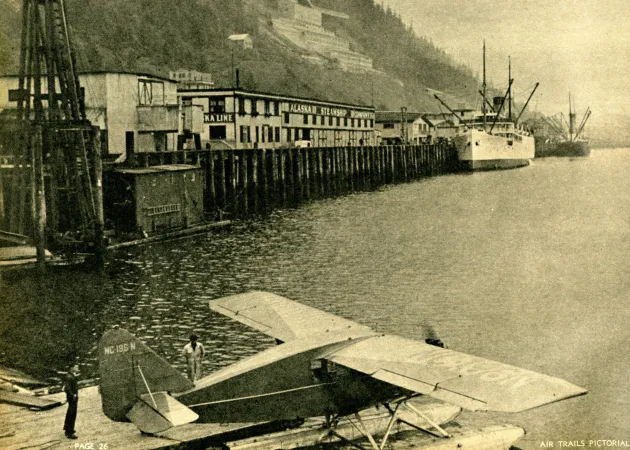












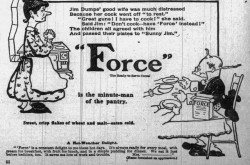
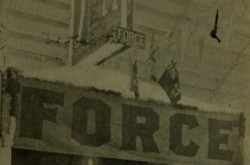
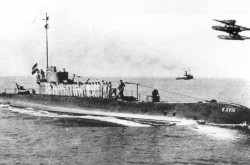
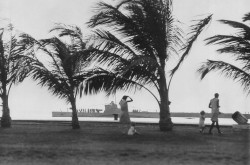
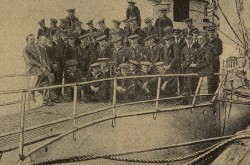
![A block of photographs showing some of the people involved in the bombing of beluga whales in the estuary and gulf of the St. Lawrence River. Anon., “La chasse aux marsouins [sic]. » Le Devoir, 15 August 1929, 6.](/sites/default/files/styles/thumbnail_7/public/2024-09/Le%20Devoir%2015%20aout%201929%20page%206.jpg?h=584f1d27&itok=TppdLItg)
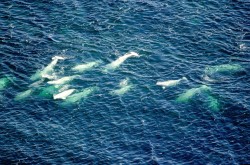
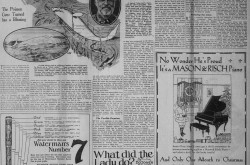

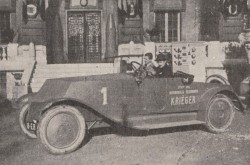
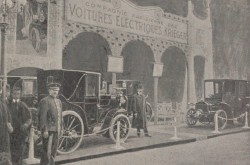
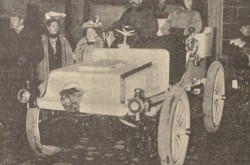
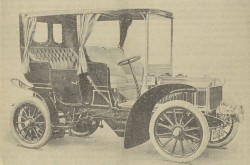

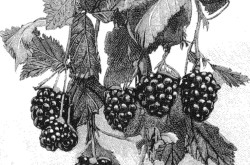
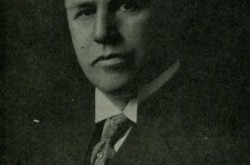
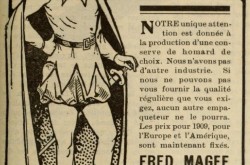
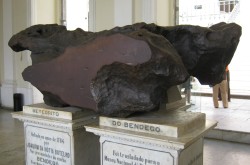
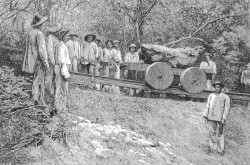
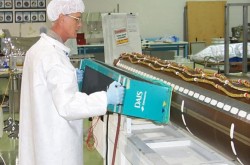

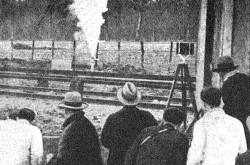
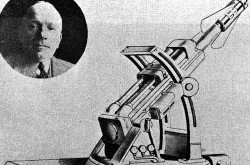
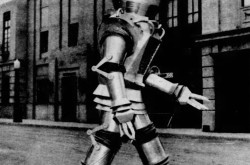

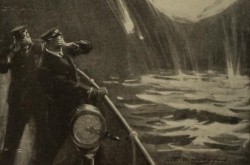
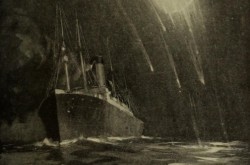
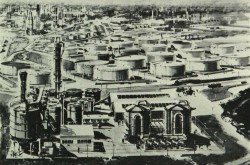

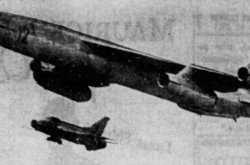
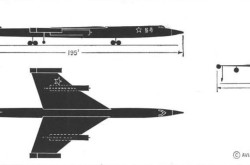
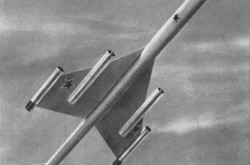
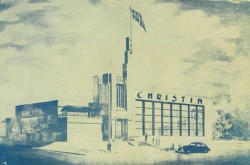
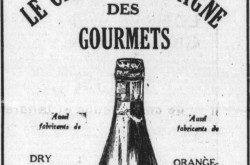
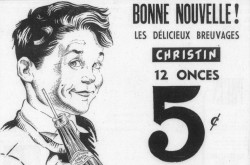
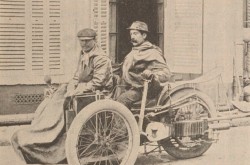
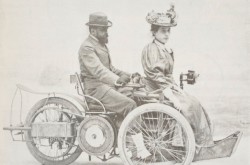
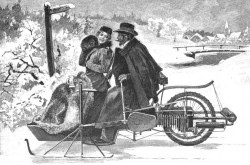
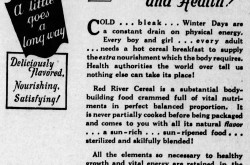

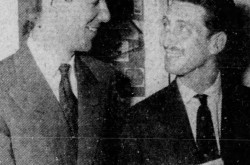
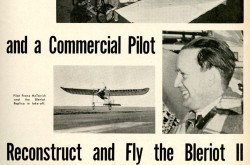
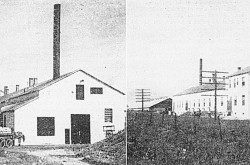
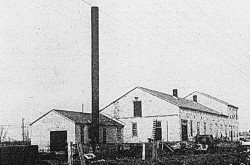



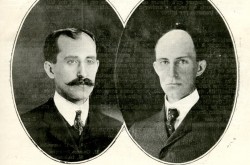

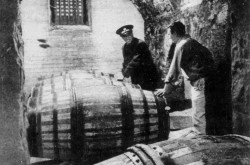
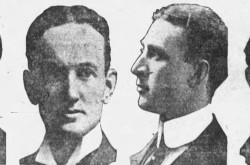
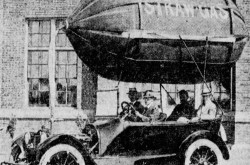
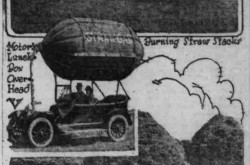
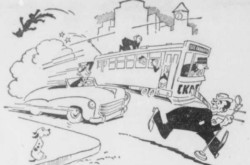

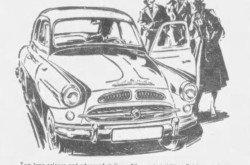
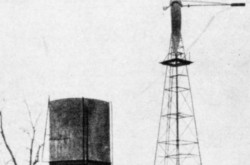
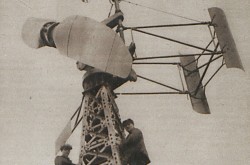
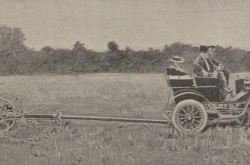

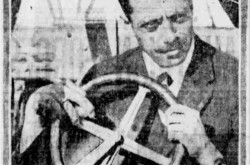
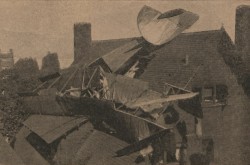
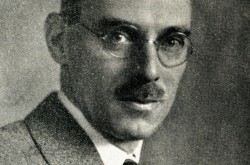
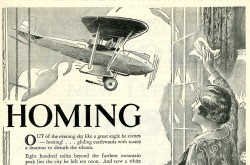
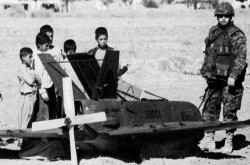
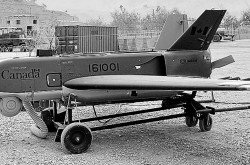
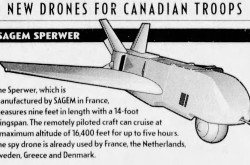
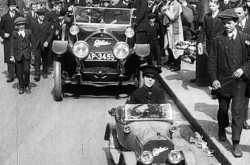
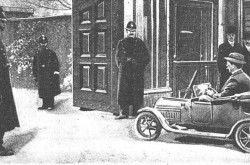
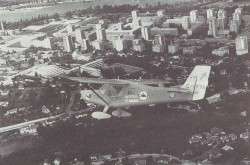
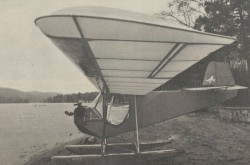

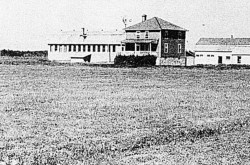
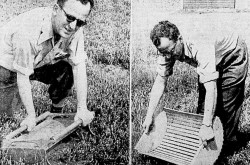
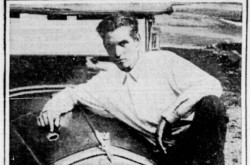
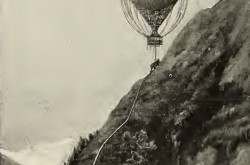
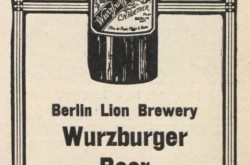

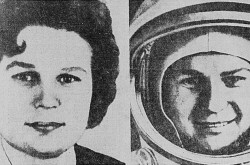
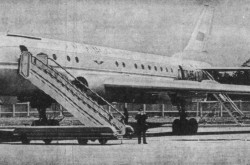
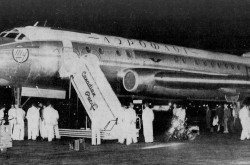
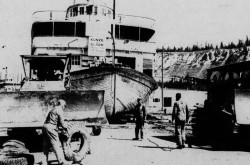
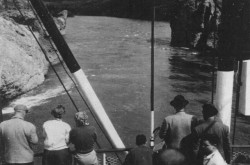
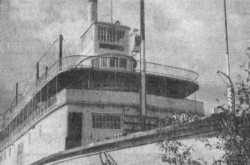
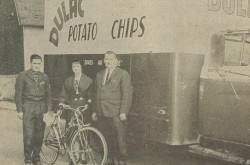
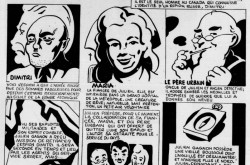
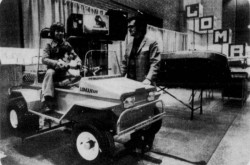
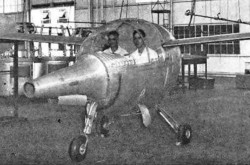
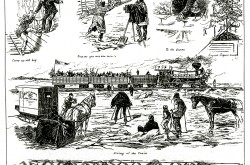
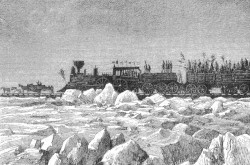
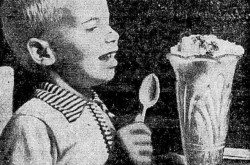
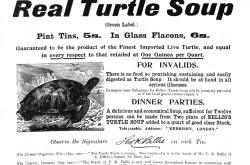
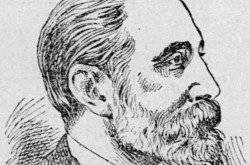
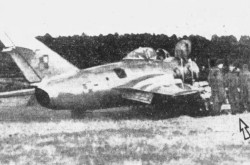
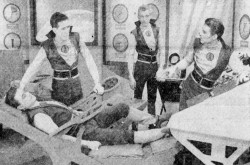
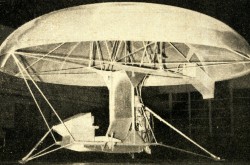
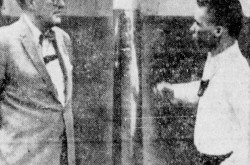
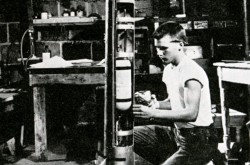
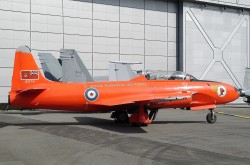
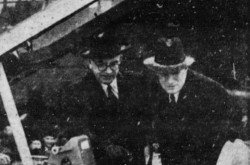
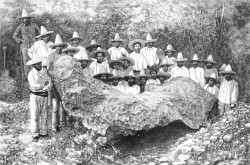
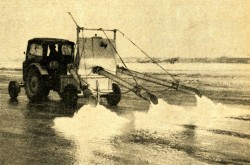
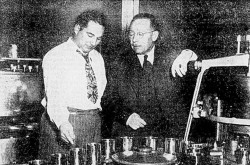
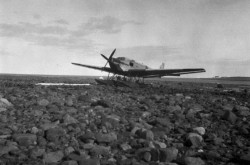
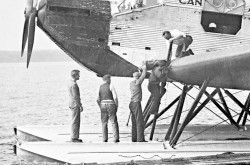
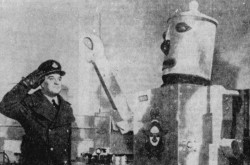
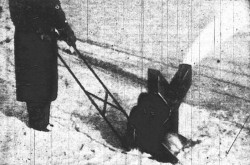
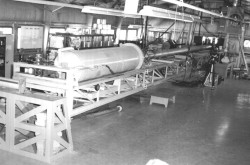
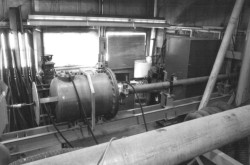
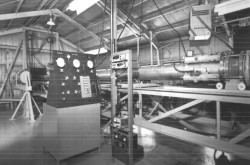
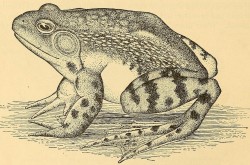
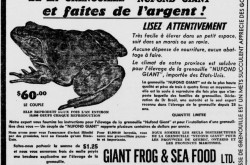
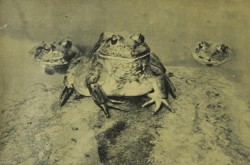
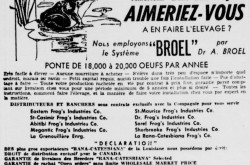
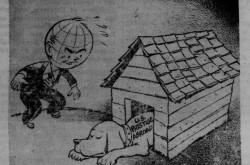
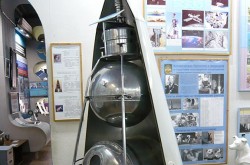
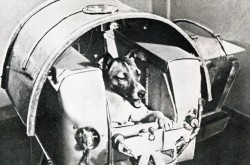
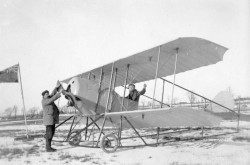
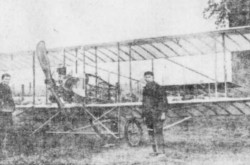
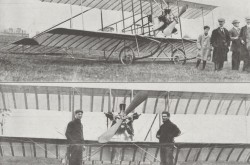
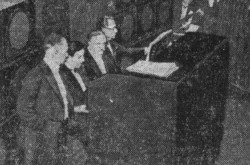
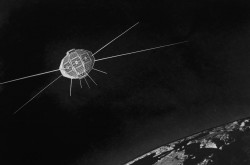
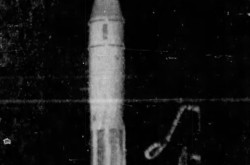
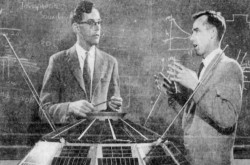
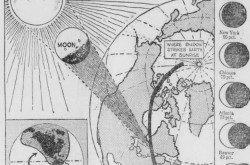



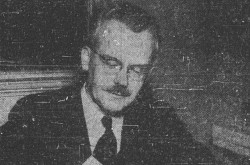
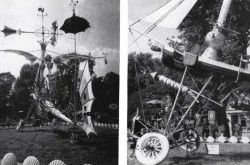
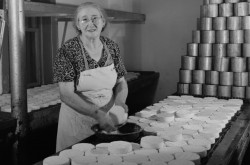
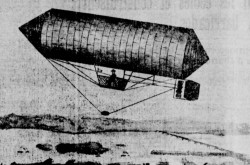
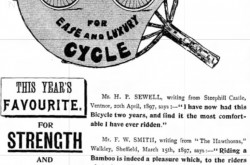
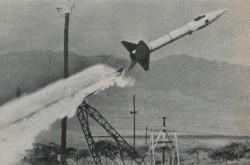
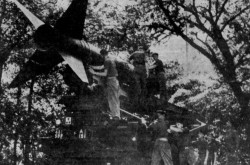
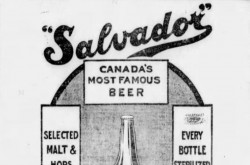

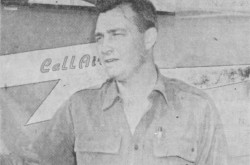
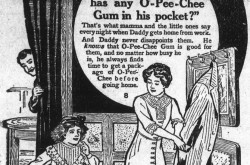
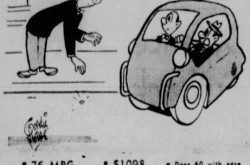
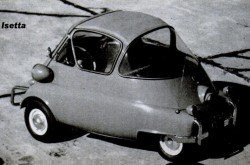
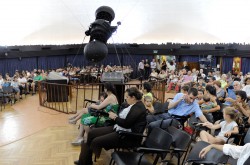
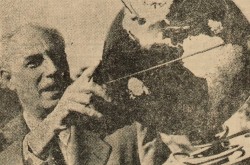
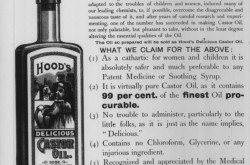
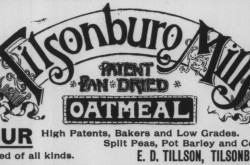
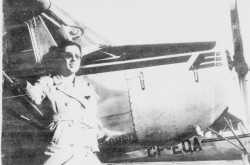
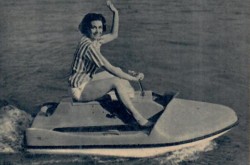

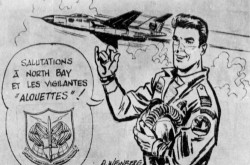
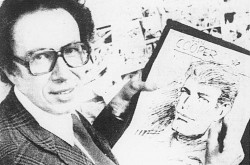
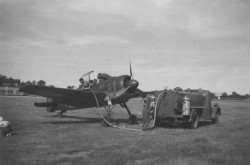

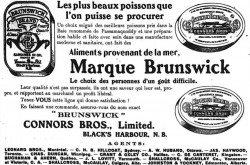


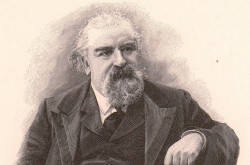
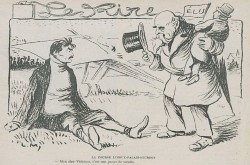
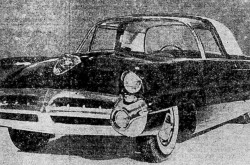
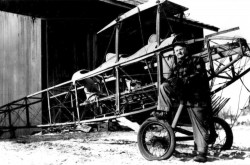
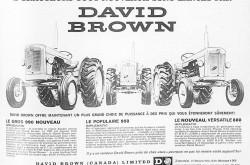
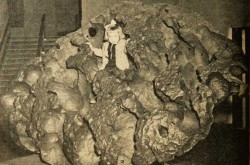
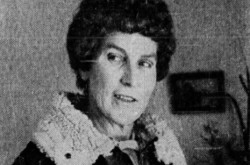
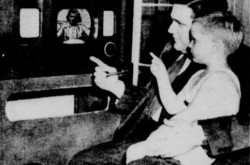
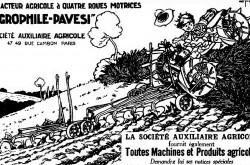
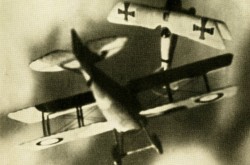
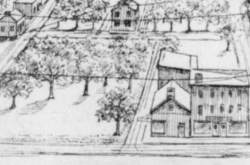
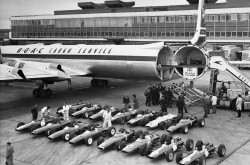
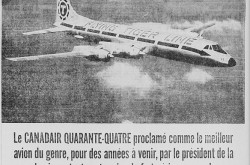
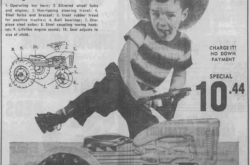
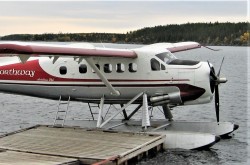
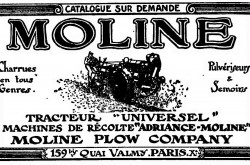
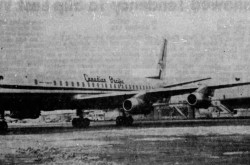
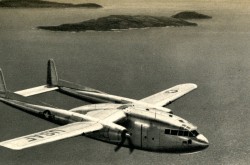
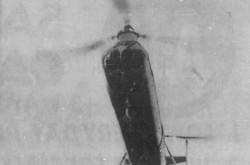

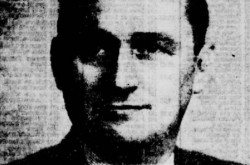
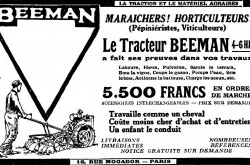
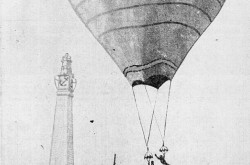

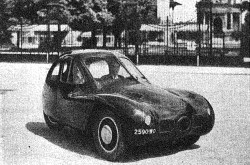
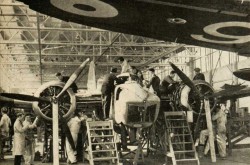
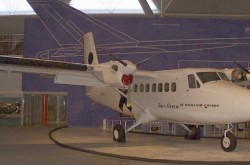
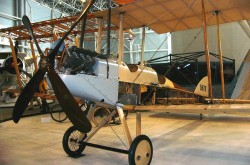
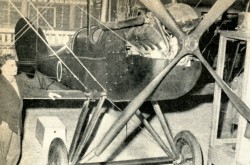

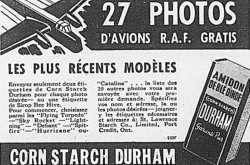

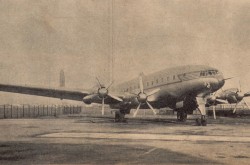
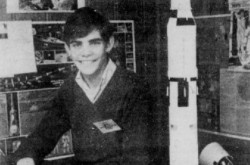
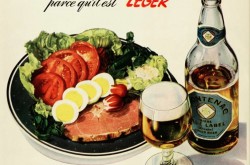
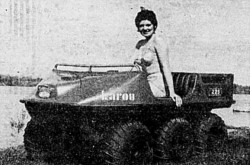
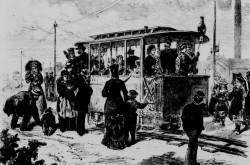
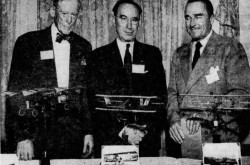
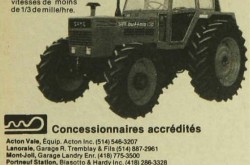
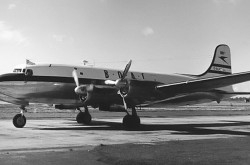
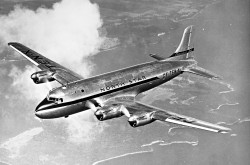
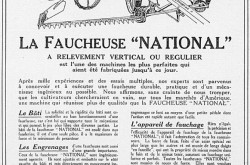
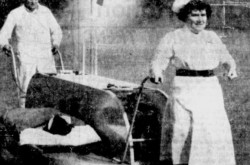
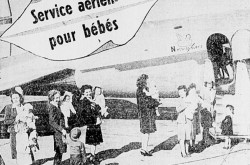
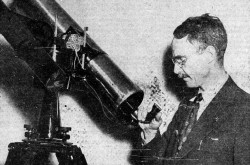
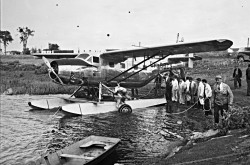
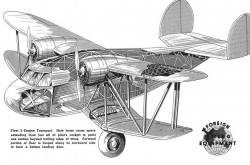
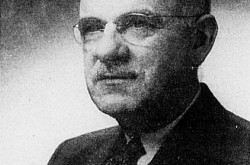
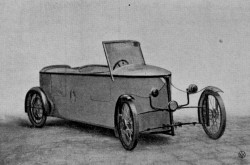
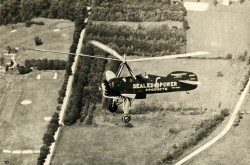
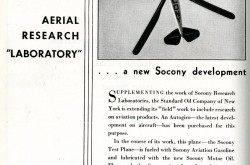
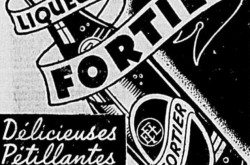
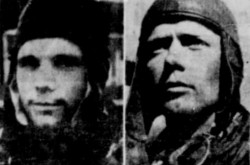
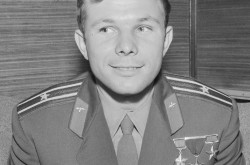
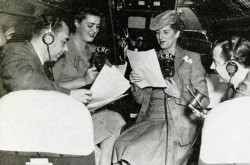
![Peter Müller at the controls [sic] of the Pedroplan, Berlin, Germany, March 1931. Anon., “Cologne contre Marseille – Le mystère du ‘Pédroplan.’ [sic]” Les Ailes, 2 April 1931, 14.](/sites/default/files/styles/thumbnail_7/public/2021-04/Les%20Ailes%202%20avril%201931%20version%20big.jpg?h=eafd0ed4&itok=WnBZ5gMf)
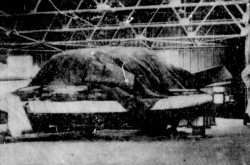
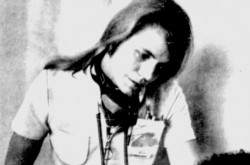
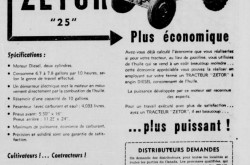
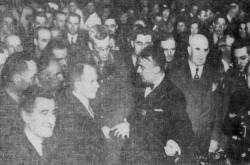
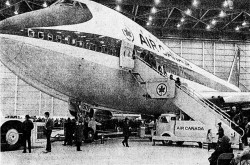
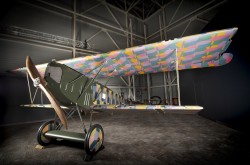
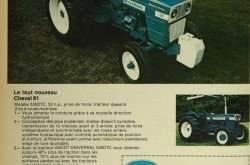
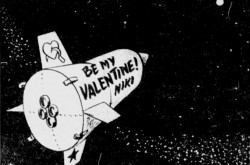
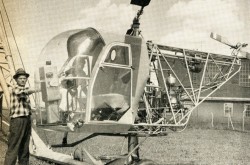

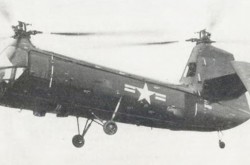
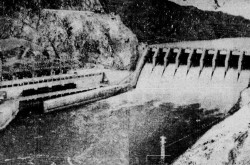
![One of the first de Havilland Canada Chipmunk imported to the United Kingdom. Anon., “De Havilland [Canada] DHC-1 ‘Chipmunk.’” Aviation Magazine, 1 January 1951, cover.](/sites/default/files/styles/thumbnail_7/public/2021-01/Aviation%20magazine%201er%20janvier%201951%20version%202.jpg?h=2f876e0f&itok=DM4JHe5C)
